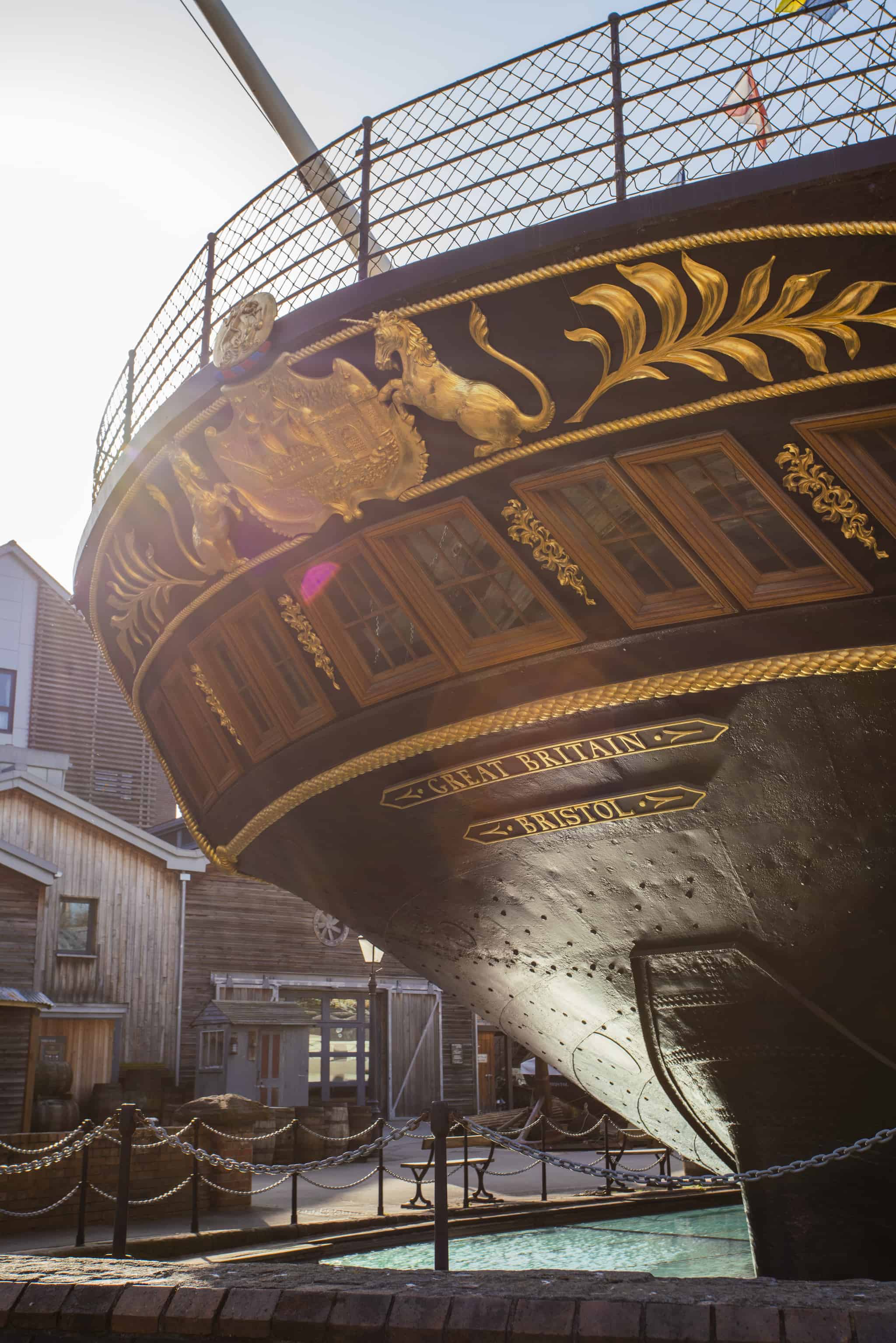Elizabeth emigrated to Australia aboard the SS Great Britain in 1870. It took two months to reach Australia, and this journey must have been particularly hard for Elizabeth who was pregnant at the time and suffering from morning sickness.
Born and raised in London, Elizabeth’s artistic flair was evident from her boarding school days when she carried a sketchbook wherever she went. Deciding to pursue a career in art, she eventually gained the support of her once sceptical mother with whom she often clashed. She trained under some of the leading landscape artists, painting outside scenes in London, Kent, Scotland and even travelled to France.
After the death of her mother, Elizabeth didn’t want to lose her independence. She declined offers to live with family, which would have given her a secure and comfortable life, but would have made her dependent on others and restricted her freedom.
On an extended sketching trip to Cornwall in 1868 she met her future husband. At the time, marriage often meant giving up a career, but Elizabeth managed to balance family life with painting and exhibited works in her first major exhibition in 1869.
When her husband George lost his job, Elizabeth’s salary became a vital source of income for the family. Lured by the prospect of fortune and new opportunities, the Parsons decided to emigrate to Australia on board the Great Britain.
A month after arriving in Melbourne, while her family were still settling in, Elizabeth arranged for a critic to view her paintings. The critic was impressed, and Elizabeth began to break into a male-dominated sphere. She showed in exhibitions and was the first woman to be a member of the prestigious Victorian Academy of Art. She was also regarded as an influential teacher.
Working in an art world largely dominated by men, Elizabeth stands out as an important and determined female artist. Her paintings are now held in many Australian national museums such as The National Gallery of Victoria and The Geelong Gallery.
Authors: Imogen Dickens, International Project Officer and Mollie Bowen, Collections Officer



